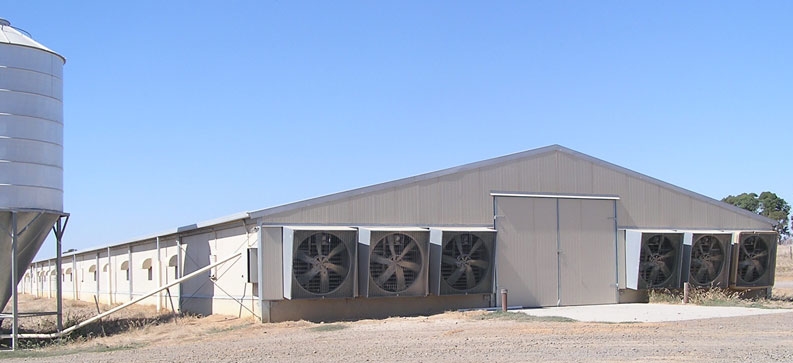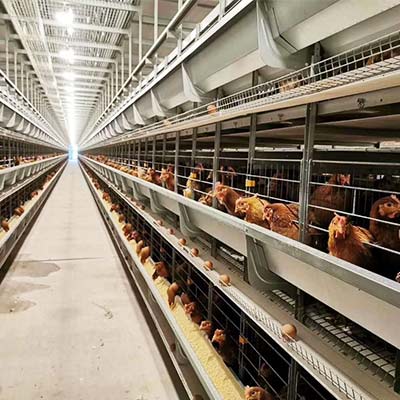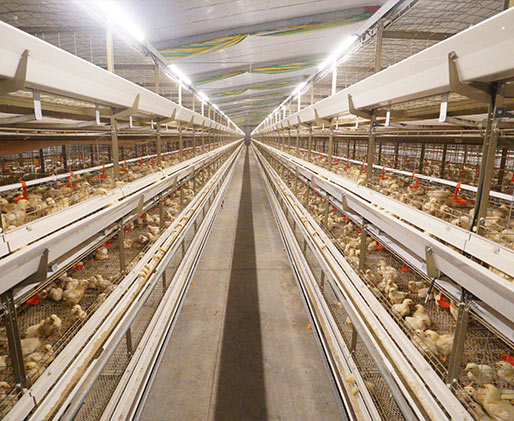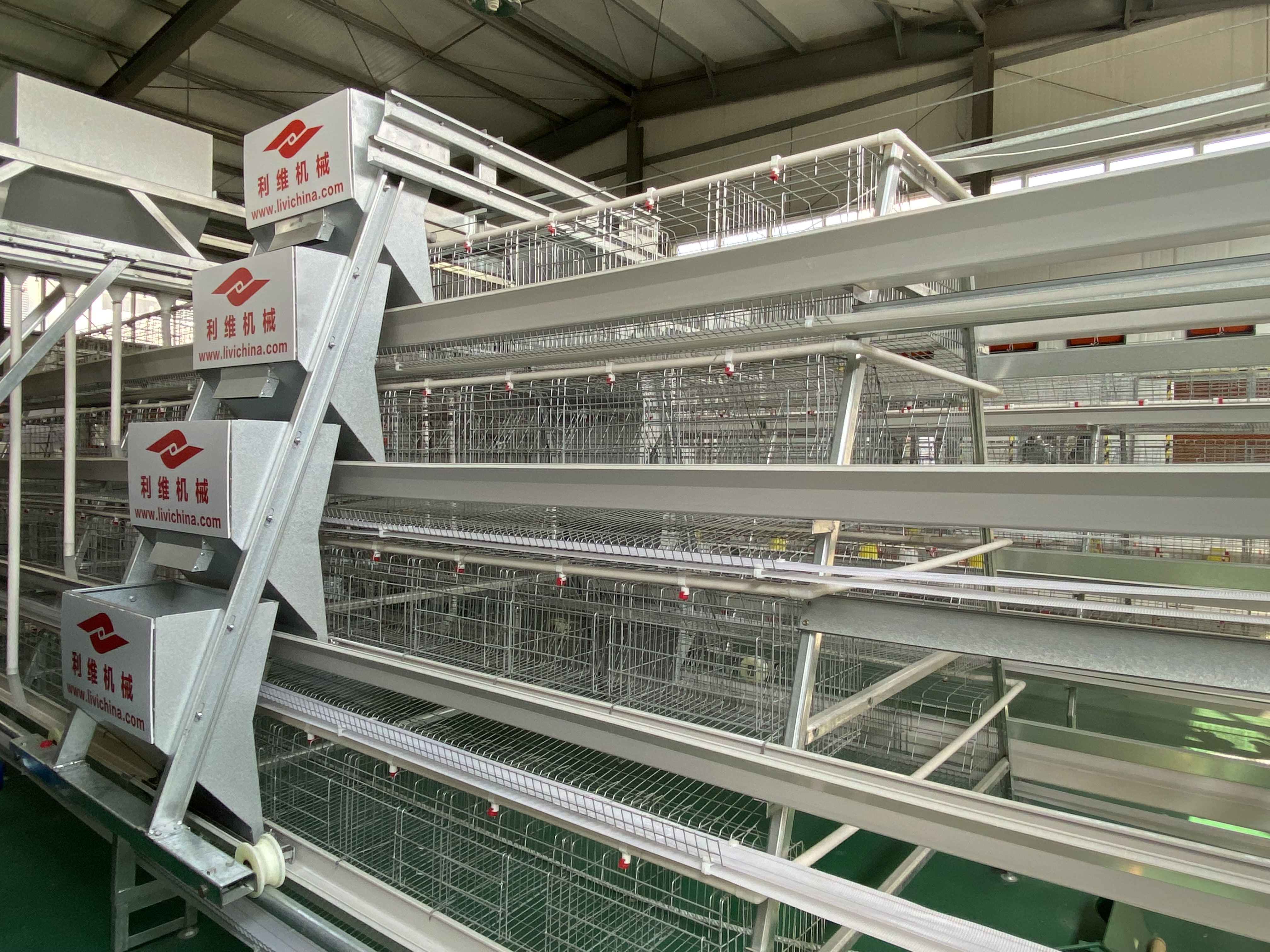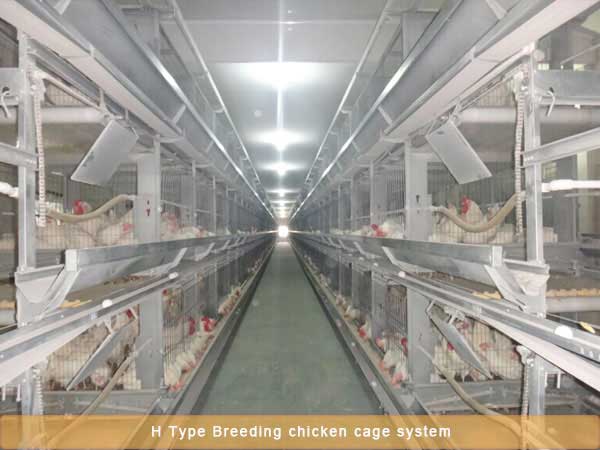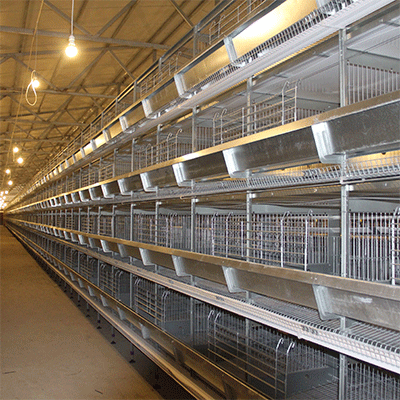Why Poultry Layer Cage Systems are Essential for Efficient Egg Production
- Published in Method of breeding chicken
Poultry layer cage systems have become a cornerstone of modern egg production. These systems offer numerous advantages that contribute to the efficiency and productivity of poultry farms. In this article, we will explore why egg laying cages for poultry farms are essential for efficient egg production and how they can benefit your farm.
1. Optimal Space Utilization
One of the primary reasons egg laying cages poultry farming systems are essential is their ability to maximize space utilization. These systems allow for vertical stacking of battery cages, enabling farmers to house more hens in a given area. This efficient use of space is particularly beneficial for farms with limited land, as it allows for higher stocking densities without compromising the welfare of the hens.
2. Improved Egg Collection
Poultry layer cage systems are designed with features that facilitate easy and efficient egg collection. The sloped floors of the cages allow eggs to roll into collection trays, reducing the risk of breakage and contamination. This design ensures that eggs remain clean and intact, improving overall egg quality and marketability.
3. Enhanced Hygiene and Disease Control
Maintaining a clean and healthy environment is crucial for efficient egg production. Poultry layer cage systems contribute to improved hygiene by minimizing contact between hens and their waste. The design of these battery cages includes removable trays for waste collection, making it easier to keep the cages clean and reduce the risk of disease outbreaks.
Additionally, the separation of hens in individual compartments helps prevent the spread of diseases and parasites. This controlled environment contributes to the overall health and productivity of the flock.
4. Consistent Feeding and Watering
Egg laying cages poultry farming system systems come equipped with integrated feeding and watering systems that ensure all hens have easy access to food and water. This consistency in feeding and watering is essential for maintaining the health and productivity of the hens. It also reduces competition for resources, which can lead to stress and decreased egg production.
5. Better Monitoring and Management
Managing a large flock of laying hens can be challenging, but egg laying cages poultry farming systems simplify the process. The structured setup of the cages allows for easier monitoring of individual hens. Farmers can quickly identify any health issues or changes in egg production, enabling prompt intervention and management.
6. Animal Welfare Considerations
While efficiency is important, the welfare of the hens should not be overlooked. Poultry layer cage systems are designed to provide a comfortable and safe environment for the hens. Ensuring adequate space, proper ventilation, and opportunities for natural behaviors are essential aspects of these systems. Happy and healthy hens are more productive, contributing to the overall success of the farm.
Conclusion
Poultry layer cage systems are essential for efficient egg production due to their ability to optimize space utilization, improve egg collection, enhance hygiene, and facilitate better monitoring and management. Investing in high-quality battery cage systems can lead to increased productivity, better egg quality, and a more successful poultry farming operation.


